-
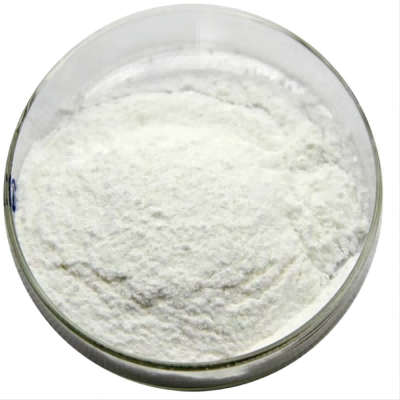
Ciclopirox Ethanolamine CAS:41621-49-2 Manufacturer Supplier
Ciclopirox ethanolamine is a broad spectrum antigfungal agent, it also exhibits antibacterial activity against many Gram-positive and Gram-negative bacteria, and has anti-inflammatory properties. It is used a a topical treatment of fungal skin an nail infections.
-
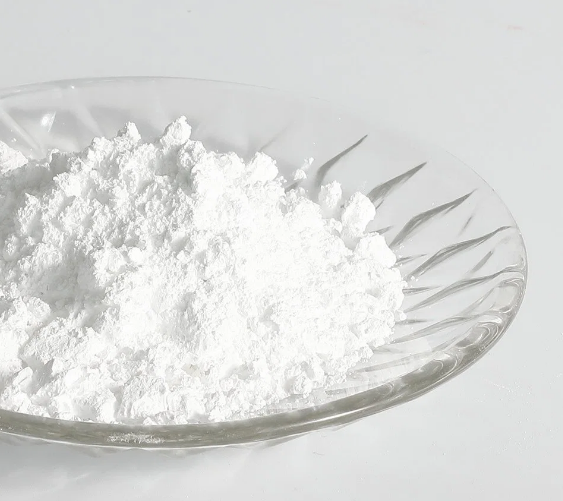
Glucose-pentaacetate CAS:604-68-2
Glucose pentaacetate, also known as beta-D-glucose pentaacetate, is a chemical compound derived from glucose. It is made by acetylating five of the hydroxyl groups present in glucose with acetic anhydride, resulting in the attachment of five acetyl groups. This acetylated form of glucose can be used in various chemical reactions as a starting material, protective group, or as a carrier for controlled drug release. It is also commonly used in chemical research and analysis.
-

MES HEMISODIUM SALT CAS:117961-21-4
2-Amino-2-methyl-1,3-propanediol, also known as AMPD or α-methyl serinol, is a chemical compound with the molecular formula C4H11NO2. It is an amino alcohol that is commonly used as a chemical intermediate in the synthesis of pharmaceuticals and organic compounds. AMPD is known for its ability to act as a chiral auxiliary in asymmetric reactions, making it valuable in the production of enantiomerically pure compounds. Additionally, it has been utilized as an ingredient in personal care and cosmetic products for its moisturizing properties.
-
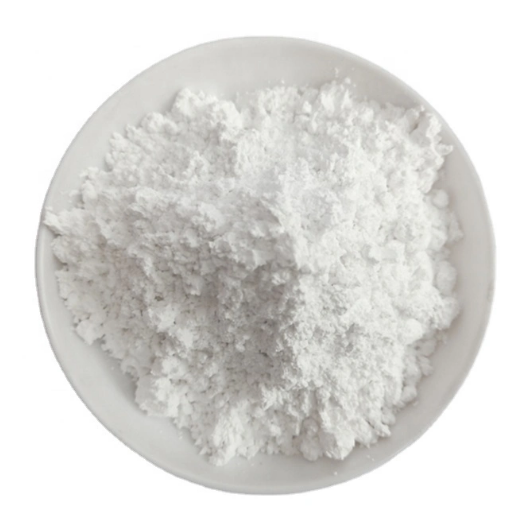
HDAOS CAS:82692-88-4 Manufacturer Price
HDAOS (N-(2-Hydroxy-3-sulfopropyl)-3,5-dimethoxyaniline sodium salt) is a chemical compound commonly used in various fields, including organic synthesis, pharmaceuticals, and material science. It consists of a phenyl ring substituted with a hydroxy group, a sulfonic group, and two methoxy groups. HDAOS is typically found in the form of a sodium salt, indicating the presence of a sodium cation associated with the sulfonic group.
-
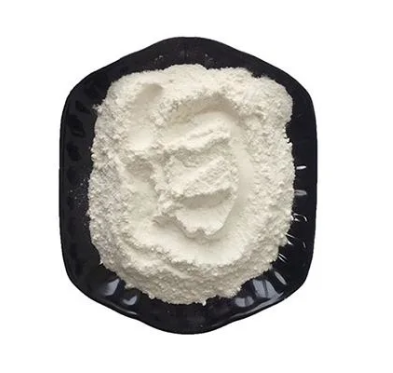
MOBS CAS:115724-21-5 Manufacturer Price
4-morpholin-4-ylbutane-1-sulfonic acid, also known as MOBS, is a synthetic organic compound used as a buffering agent in biological and biochemical research. It is stable and can maintain a stable pH in the neutral to slightly alkaline range. MOBS is widely used in cell culture, enzyme assays, molecular biology techniques, and electrophoresis. It is compatible with a variety of reagents and is known for its stability and resistance to changes in temperature and pH.
-
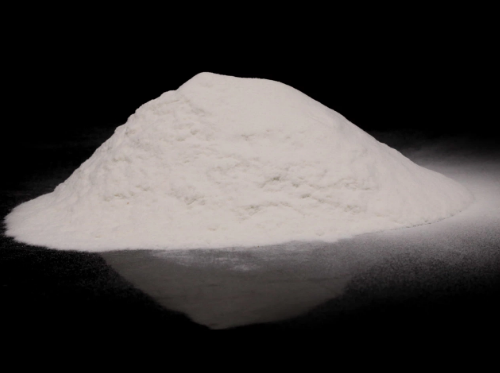
HEIDA CAS:93-62-9 Manufacturer Price
N-(2-Hydroxyethyl)iminodiacetic acid (HEIDA) is a chemical compound with multiple applications in various fields. It is a chelating agent, meaning it has the ability to bind to metal ions and form stable complexes.
In analytical chemistry, HEIDA is often used as a complexing agent in titrations and analytical separations. It can be employed to sequester metal ions, such as calcium, magnesium, and iron, and thereby prevent them from interfering with the accuracy of analytical measurements.
HEIDA also finds application in the pharmaceutical industry, particularly in the formulation of certain medications. It can be used as a stabilizer and solubilizing agent for poorly soluble drugs, helping to improve their bioavailability and efficacy.
Another area of use for HEIDA is in the field of wastewater treatment and environmental remediation. It can be employed as a sequestering agent to remove heavy metal contaminants from water or soil, thereby reducing their toxicity and promoting remediation efforts.
Additionally, HEIDA has been utilized in the synthesis of coordination compounds and metal-organic frameworks (MOFs), which have various applications in catalysis, gas storage, and sensing.
-

Tris(hydroxymethyl)nitromethane CAS:126-11-4
Tris(hydroxymethyl)nitromethane, commonly referred to as Tris or THN, is a chemical compound with the molecular formula C4H11NO4. It is a pale yellow crystalline solid that is highly soluble in water. Tris is widely used as a buffering agent in biochemical and molecular biology applications. It helps maintain a stable pH range in solutions, making it invaluable for various techniques such as DNA and RNA isolation, PCR, gel electrophoresis, protein purification, cell culture, protein chemistry, enzymology, and biochemical assays. Tris’s buffering properties allow for optimal conditions in these experiments, ensuring accurate and reliable results.
-

ACES CAS:7365-82-4 Manufacturer Price
N-(2-Acetamido)-2-aminoethanesulfonic acid, also known as ACES, is a commonly used buffering agent in scientific research. It helps maintain a stable pH in solutions and is highly soluble in water. ACES has low toxicity and minimal interference with biochemical processes, making it suitable for various applications. It is often used as a buffer in protein stabilization studies and enzyme assays, where it maintains optimal conditions for protein conformation and enzyme activity.
-

L-(-)-Fucose CAS:2438-80-4 Manufacturer Price
L-Fucose is a type of sugar or simple carbohydrate that naturally occurs in various plant and animal tissues. It is classified as a monosaccharide and is structurally similar to other sugars like glucose and galactose.L-Fucose plays important roles in biological processes such as cell signaling, cell adhesion, and cellular communication. It is also involved in the synthesis of certain molecules like glycolipids, glycoproteins, and certain antibodies.This sugar is found in various foods, including certain types of algae, mushrooms, and fruits like apples and pears. It is also available as a dietary supplement and is used in some cosmetic and pharmaceutical products.L-Fucose is believed to offer potential health benefits, although more research is needed to confirm these claims. Some studies suggest that it may have anti-inflammatory, antioxidant, and immunomodulatory properties. It is also being investigated for its potential to inhibit the growth of certain cancer cells and as a possible treatment for certain genetic disorders.Overall, L-Fucose is a naturally occurring sugar with important biological functions. It can be found in various foods and is also available as a dietary supplement, with ongoing research exploring its potential health benefits.
-
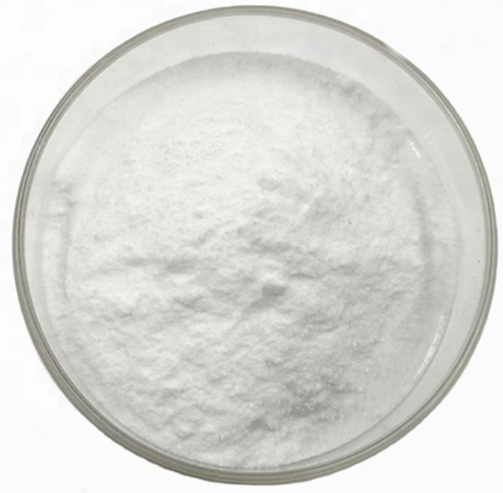
HEPBS CAS:161308-36-7 Manufacturer Price
N-(2-Hydroxyethyl)piperazine-N’-(4-butanesulfonic acid), commonly referred to as HEPBS, is a chemical compound used as a buffering agent and pH regulator in biological and biochemical research. It has a wide range of applications, including cell culture, enzyme studies, electrophoresis, biochemical assays, and drug formulation. HEPBS helps maintain a stable pH range, particularly in the physiological range, and is known for its good buffering capacity and compatibility with various experimental techniques.
-
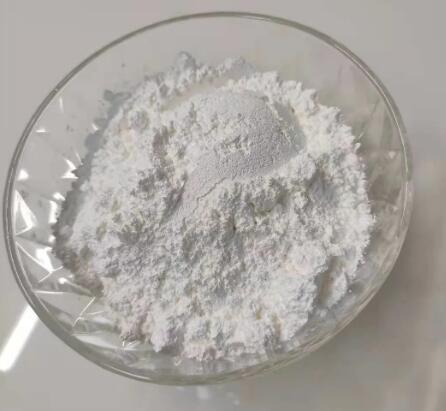
2,3,5,6-Di-O-isopropylidene-α-D-mannofuranose CAS:14131-84-1
2,3,5,6-Di-O-isopropylidene-α-D-mannofuranose is a compound used in organic synthesis as a protecting group for the hydroxyl groups of mannose. By attaching isopropylidene groups to the hydroxyl groups at positions 2, 3, 5, and 6 of the mannose ring, this compound helps to prevent undesirable reactions from occurring at those sites. This protection allows for selective modifications at other functional groups in the molecule. It is commonly used in the synthesis of complex carbohydrates and glycoconjugates, which play important roles in biological processes and have applications in areas such as drug delivery, diagnostics, and immunology.
-
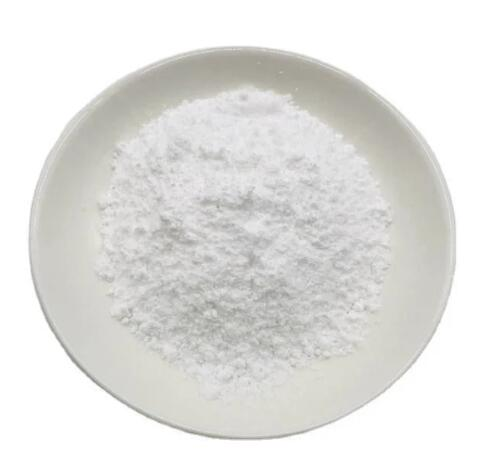
Acetobromo-alpha-D-glucose CAS:572-09-8
Acetobromo-alpha-D-glucose, also known as 2-acetobromo-D-glucose or α-bromoacetobromoglucose, is a chemical compound that belongs to the class of bromo-sugars. It is derived from glucose, which is a simple sugar and an important source of energy for living organisms.
Acetobromo-alpha-D-glucose is a derivative of glucose in which the hydroxyl group at the C-1 position is replaced by an acetobromo group (CH3COBr). This modification introduces a bromine atom and an acetate group to the glucose molecule, altering its chemical and physical properties.
This compound has various applications in organic synthesis and carbohydrate chemistry. It can be used as a building block for the synthesis of more complex structures, such as glycosides or glycoconjugates. The bromine atom can serve as a reactive site for further functionalization or as a leaving group for substitution reactions.
Moreover, acetobromo-alpha-D-glucose can be employed as a starting material for the preparation of radiolabeled glucose derivatives, which are used in medical imaging techniques like positron emission tomography (PET). These radiolabeled compounds allow for the visualization and quantification of glucose metabolism in the body, aiding in the diagnosis and monitoring of various diseases, including cancer.

